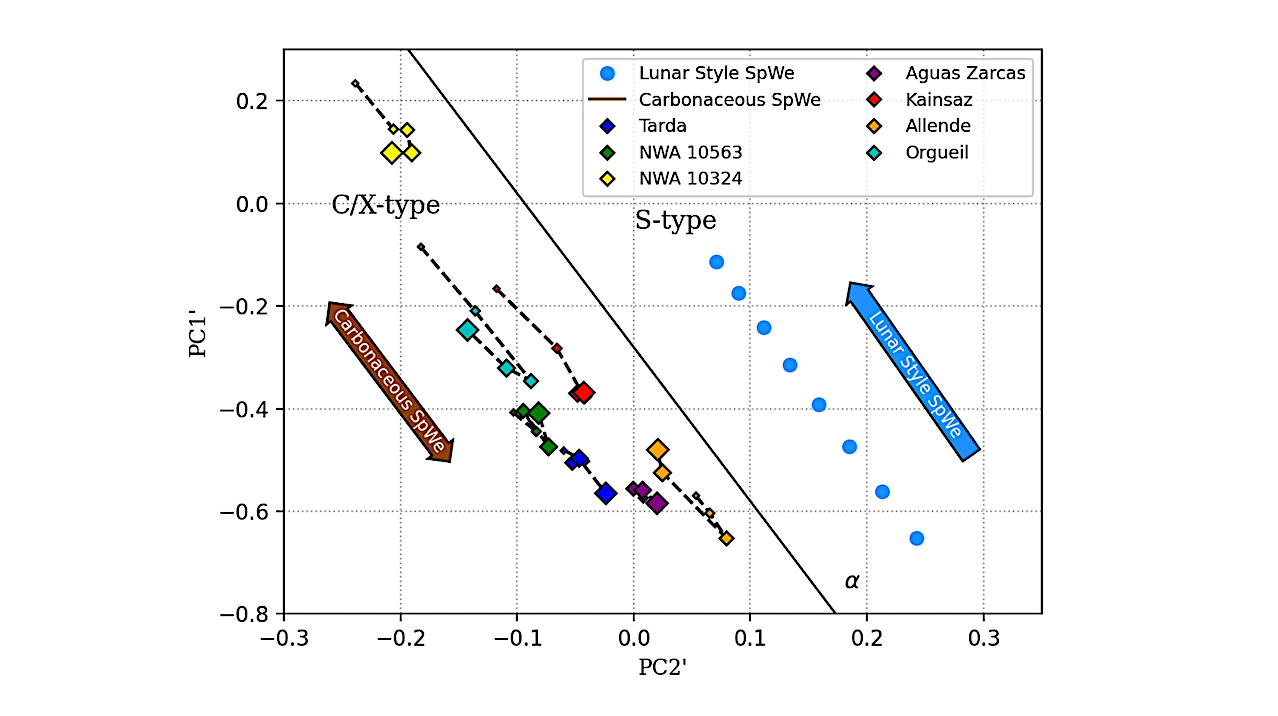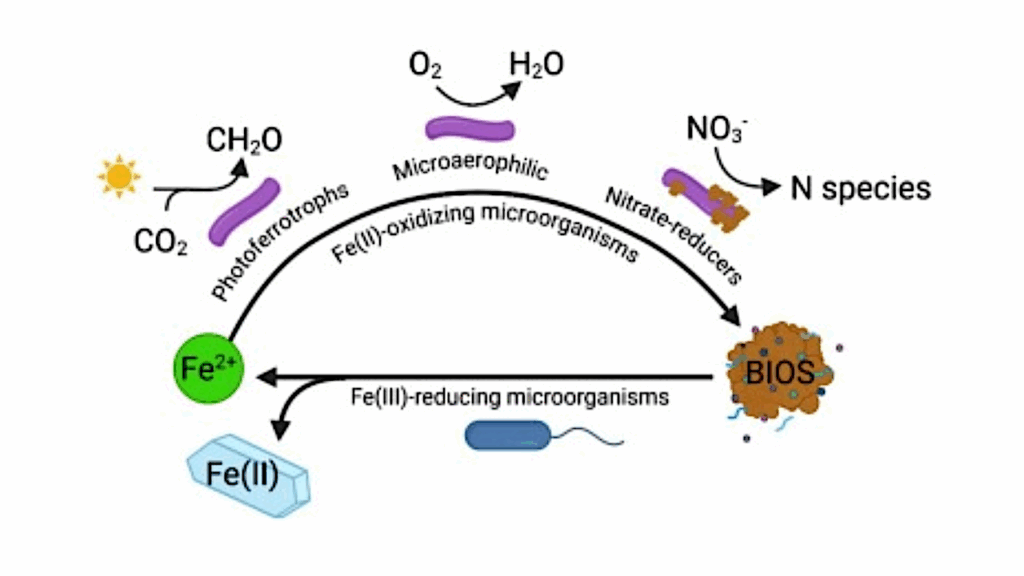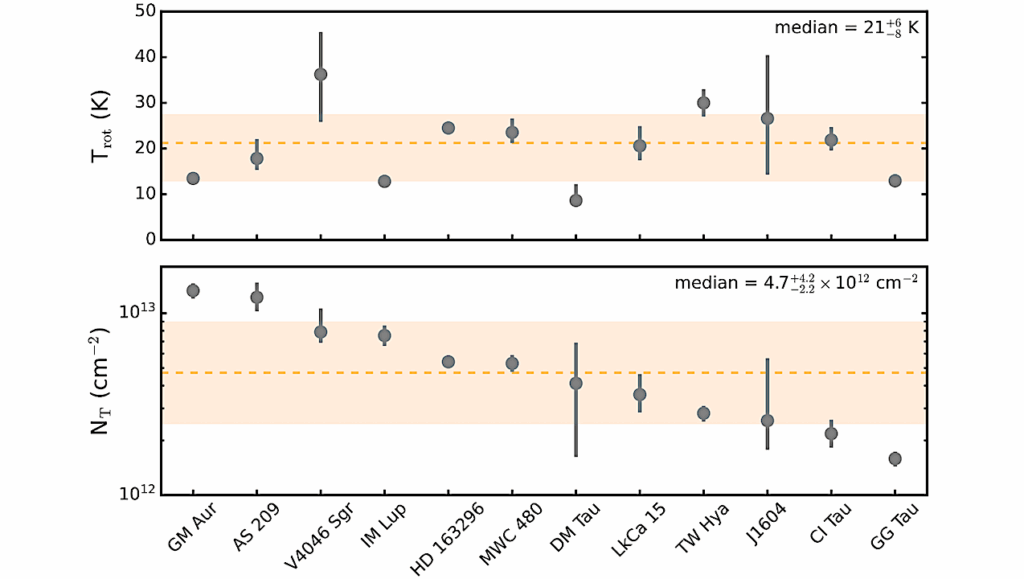Grain Size Effects on UV-MIR (0.2-14 micron) Spectra of Carbonaceous Chondrite Groups

Carbonaceous chondrites are among the most important meteorite types and have played a vital role in deciphering the origin and evolution of our solar system.
They have been linked to low-albedo C-type asteroids, but due to subdued absorption bands, definitive asteroid-meteorite linkages remain elusive. A majority of these existing linkages rely on fine-grained (typically < 45 micron) powders across a limited wavelength range in the visible to near-infrared (0.35-2.5 microns).
While this is useful in interpreting the fine-grained regolith of larger main-belt objects like Ceres, recent spacecraft missions to smaller near-Earth asteroids (NEAs), such as Bennu and Ryugu, have shown that their surfaces are dominated by larger grain size material. To better interpret the surfaces of these smaller, carbonaceous NEAs, we obtained laboratory reflectance spectra of seven carbonaceous chondrite meteorite groups (CI, CM, CO, CV, CR, CK, C2-ungrouped) over the ultraviolet to mid-infrared range (0.2-14 microns).
Each meteorite contained five grain size bins (45-1000 microns) to help constrain spectral grain size effects. We find a correlation between grain size and absolute reflectance, spectral slope, band depth, and the Christiansen feature band center. Principal component analysis of grain size variation illustrates a similar trend to lunar-style space weathering.
We also show that the Bus-DeMeo asteroid taxonomic classification of our samples is affected by grain size, specifically shifting CM2 Aguas Zarcas from a Ch-type to B-type with increasing grain size. This has implications for the parent body of the OSIRIS-REx target, Bennu. With Aguas Zarcas, we present results from Hapke modeling.
David C. Cantillo, Vishnu Reddy, Adam Battle, Benjamin N. L. Sharkey, Neil C. Pearson, Tanner Campbell, Akash Satpathy, Mario De Florio, Roberto Furfaro, Juan Sanchez
Comments: 40 pages, 15 figures, published in the Planetary Science Journal
Subjects: Earth and Planetary Astrophysics (astro-ph.EP); Geophysics (physics.geo-ph)
Cite as: arXiv:2401.10377 [astro-ph.EP] (or arXiv:2401.10377v1 [astro-ph.EP] for this version)
Journal reference: Planet. Sci. J. 4 177 (2023)
Related DOI:
https://doi.org/10.3847/PSJ/acf298
Focus to learn more
Submission history
From: David Cantillo
[v1] Thu, 18 Jan 2024 21:02:17 UTC (3,528 KB)
https://arxiv.org/abs/2401.10377
Astrobiology








